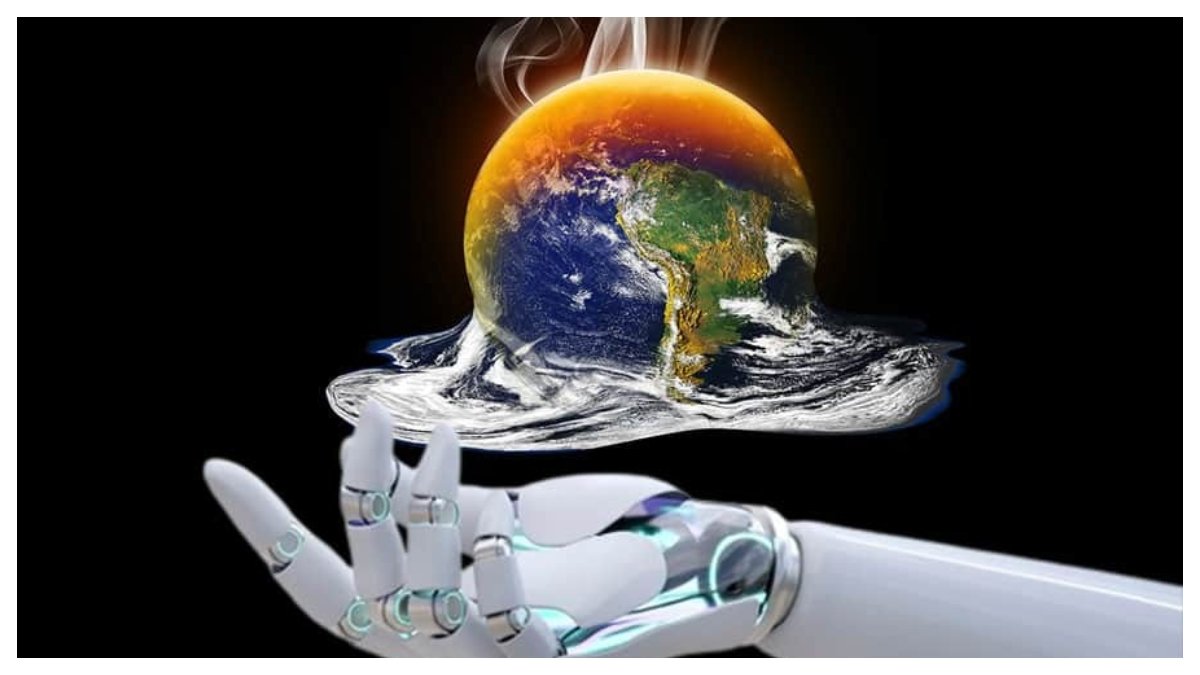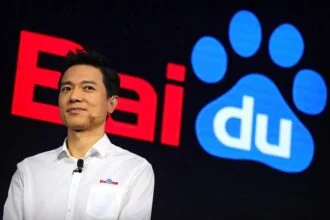AI Is Dangerous For The Earth And Its Climate The intersection of AI technology and the pressing issue of climate change presents a complex and nuanced landscape. While some view it as an inevitable aspect of technological progress, believing that AI holds the potential to mitigate various climate-related challenges, spanning from ecological preservation to disaster management, others raise concerns about its potential to deplete resources and exacerbate energy crises.
The question of whether AI will ultimately lead humanity towards a renewable future or deplete resources and precipitate an energy crisis is one of profound curiosity and significance.
Companies like Microsoft are investing significant sums, amounting to millions and even trillions, in establishing new data centers in desert regions and developing colossal “Supercomputers” exceeding $100 billion in value. Collaborations with entities like OpenAI involve the creation of supercomputers equipped with millions of specialized chips tailored for intensive AI computations.
However, amidst these advancements, numerous researchers caution against the sustainability of such extensive energy consumption. They argue that the escalating appetite for electricity and power-driven by AI technology is poised to continue unabated. Robert Stoner, Director of the university’s Tata Center for Technology and Design, highlighted that tech firms are rapidly depleting existing electricity resources and straining the grid, outpacing efforts to expand it.
Several tech giants are poised to engage in power purchase agreements (PPAs), where third-party entities supply energy—often sourced from renewable sources—to companies like Microsoft and Google. While these companies are willing to procure electricity through such agreements, it’s worth noting that they are essentially consuming renewable energy that could have been utilized by others as well.
The challenge arises not from the consumption of massive amounts of energy, but rather from the lack of simultaneous efforts to augment the energy grid with new sources. This discrepancy poses a significant concern. It’s a complex issue, as it prompts questions about whether AI technology is contributing to the degradation of our planet or propelling us toward a more sustainable future.
A clear solution to this dilemma is to expand the global renewable energy infrastructure to accommodate the energy demands of AI while mitigating carbon emissions. However, the process of integrating new renewable energy sources is not straightforward. It typically takes four to five years for a new energy source to navigate through the “interconnect queue,” which adds complexity to the endeavor.
Given the strain that companies are placing on existing resources, it is imperative to prioritize resource management and sustainability.
Regions such as California and Washington, where AI development and investment are flourishing, are facing challenges with insufficient electricity supply to meet the escalating demands of data centers. Tesla CEO and xAI founder Elon Musk recently warned that there may soon be a shortage of electricity to meet the rising demand, potentially as early as next year.
Sam Altman, CEO of OpenAI, echoes these concerns and proposes that breakthroughs in nuclear fusion technology could be the most viable solution to effectively address the energy consumption issues associated with AI.
While AI currently poses environmental challenges, it also holds immense potential to provide solutions that mitigate our carbon footprint and enhance energy efficiency. When considering its holistic impact, there is significant potential to strike a balance, leveraging AI to protect the Earth rather than contributing to its destruction.


















